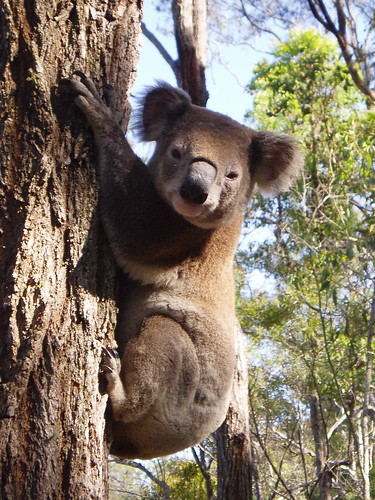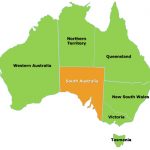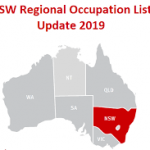Jun 3, 2013
Discover Australia’s Treasure of Nature
[social_share/]

The snow-clad and mountainous Australian Alps stand like a challenge on a mostly flat and arid continent. Stretching across one territory, two states and 16 national park and reserves, the Alps are a perfect destination for sight-seeing and outdoor adventure. The Alps national parks are unique due to their Alpine and Sub-alpine ecosystem. Climate, landforms and soils vary as altitude increases which creates a variety of environments where various species of plants grow in different communities.
Ski or snowboard on the winter slopes or hike through the tall alpine herb field and summer wild flowers to explore rare plant species such as the silver snow daisy, ribbony grass, mountain celery and white purslane. Australian Alps are also a habitat of rare mammals and almost half of them are marsupials. The rest are either placental mammals or monotremes. These unique species of plants and animals connect the ancient and modern history of Australia.
Here are the few things which will revitalize your spirit on the Australian roof-top:
Hiking on picturesque mountains: A segment of the Great Dividing Range (Eastern Uplands), occupies the southeastern corner of Australia, in eastern Victoria and southeastern New South Wales. These mountains are highest on the continent, yet the loftiest.

Because of strong vertical movements of earth’s surface in this region, many streams have eroded and have formed “valley in valley†like structures.
A confluence of old and new: A cultural tour to Yarrangobilly Caves in Kosciuszko National Park will provide you an insight of aboriginal culture of Australia. Explore ancient Ngunawal campsites, ceremonial stone arrangements and rock art in Namadgi National park. The Tidbinbilla Nature Reserve is home to the 21,000 year-old Birrigai Rock Shelter and Bogong Cave, where tribes once gathered to harvest bogong moths.
Rare flora and fauna: The high organic soil of the alpine areas supports about 200 plant species. About 85 percent of flowering plants, 84 percent of mammals, more than 45 percent of birds and 89 percent of inshore, freshwater fish are unique to the region. The region is also endowed more than 140 rare species of marsupials.

A paradise for adventure: Hike through the glacial lakes and snow-covered woodlands to Australia’s highest peak, Mount Kosciuszko. Ski across the highest ski slopes at Charlotte Pass or get a snow treat at Thredbo and Perisher blue in New South Wales. In summertime, you can explore the wildflower-cloaked slopes. You can also canoe the Snowy River and go caving near Tumut.
The working holiday program encourages cultural exchange by allowing young adults (aged 18-30 years) from partner countries to have an extended holiday in Australia and young Australian to have holidays in partner countries. During these holidays, they may engage in short term work or study.
Australia’s Working Holiday maker program comprises of Working Holiday arrangements and the Work and Holiday arrangements. Work and Holiday applicants, including Australians wanting to travel overseas under the program to Work and Holiday partner countries, are required to meet additional eligibility criteria.
 Immigration SA is introducing some changes to its general skilled migration nomination policies.
Immigration SA is introducing some changes to its general skilled migration nomination policies.
 Trades Recognition Australia (TRA) has announced changes to the Trade Skills Assessment programs for TSS, OSAP and TRS. The following changes apply to all applications received from 1st March 2019.
Trades Recognition Australia (TRA) has announced changes to the Trade Skills Assessment programs for TSS, OSAP and TRS. The following changes apply to all applications received from 1st March 2019.
 Working Holiday Visa Changes: The availability of a third-year visa will attract working holiday makers to work for longer in regional Australia.
Working Holiday Visa Changes: The availability of a third-year visa will attract working holiday makers to work for longer in regional Australia.
 Working Holiday Visa Australia Basic Requirements and Benefits
Working Holiday Visa Australia Basic Requirements and Benefits
 Canada Permanent Residence
Canada Permanent Residence










